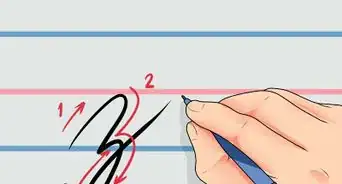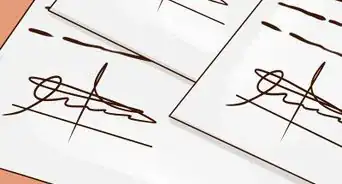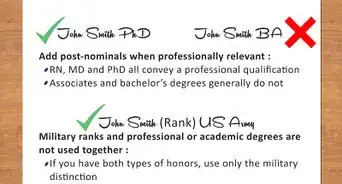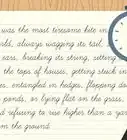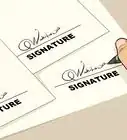X
wikiHow is a “wiki,” similar to Wikipedia, which means that many of our articles are co-written by multiple authors. To create this article, 10 people, some anonymous, worked to edit and improve it over time.
This article has been viewed 13,548 times.
Learn more...
Although cursive isn't used as often as it once was, it's still an important skill to have, especially for times where you'll need to write your signature. If your cursive needs improvement, don't worry! This wikiHow will explain how you can improve it.
Steps
-
1Learn the basics. First, you will need to know how to write in cursive. You can use videos, images, or even articles to learn how to write in cursive.
- Start with writing in big bold letters to make it easier.
-
2Use the right writing supply. Don’t use an uncomfortable pen or pencil. Instead, use a calligraphy pen. You can find a calligraphy pen at any craft store or even on Amazon. They are usually fairly cheap and are amazing when trying to improve your cursive.
- Another item you can use is a normal ballpoint pen. They are cheaper than calligraphy pens and quite useful.
- Your choice of pen will sometimes, but not always, affect how you write. A fountain pen can yield a different handwriting style altogether if you're used to using a ballpoint. [1]
Advertisement -
3Use lined paper. Instead of using blank or printer paper, use a lined notebook or a "Beginner's handwriting notebook".
- For absolute beginners, use a lined paper preferably one that has a middle dotted line to help you when shaping and sizing your lowercase letters. The dotted middle line will act as a guide to help you write evenly and neatly. You can find these lined papers in your local stationery shop or supermarket. [2]
- Spiral bound notebooks are fairly easier than composition notebooks because you can open them all the way.
-
4Hold your pen correctly. Your penmanship will never reach its full potential if you don’t hold your pen the right way. Grip your writing utensil so that it’s resting on your middle finger and hold it in place between the thumb and index finger. Keep your grip loose on your pen or pencil. If your fingernails are white, you’re squeezing too tight. A tight grip will lead to a tired hand, and handwriting that looks stiff and stilted. [3]
- A “relaxed grip” means that none of the muscles in your hand are overly flexed, and your fingernails shouldn’t be white from squeezing the pen’s barrel. [4]
-
5Position your paper correctly. Proper paper placement is key for effective handwriting. If you’re right-handed, the top right and bottom left corners of your paper should line up in a straight line with your nose, as seen in the illustration. Your left arm will hold your paper still. If you’re left-handed, flip the above instructions. If you’re a lefty that’s gotten used to the “hooked” writing hand position, handwriting expert Michael Sull suggests that you try the standard position, as it’s more comfortable for longer writing sessions. [5]
-
6Practice. Practice writing out every letter in the alphabet (including uppercase and lowercase letters) multiple times. Then write out simple words (for example, "fox", "box", "name", and other three and four letter words. Write a sentence repeatedly that uses all the letters in the alphabet (for example, "The quick brown fox jumps over the lazy dog").
-
7Practice your cursive every day. Practice doing the previous step every day. you will see improvement soon. Keep in mind that the more you practice, the better you get. So, practice often to see more improvement. If you feel like you are not improving, look back at your old cursive and look at the differences.
- Whether you plan on writing in cursive or print, it can be difficult to form nice letters without warming up. Doing a couple of simple drills will help you to write clear, confident characters. [6]
- Something you can do to improve your cursive writing is to simply brush up on the basic cursive alphabet. This is the best way to make sure you are writing your cursive correctly as you build the writing reflex. You might accidentally develop a letter form that isn’t technically correct if you don’t check the alphabet early on. [7]
- Don't feel bad if it is taking a while to get better. Remember, it may take a while, but improvement will come.
-
8Find inspiration. Search up images of cursive online for inspiration to improve your cursive. Make a file titled "Cursive goals" or "Cursive inspiration". Whenever you are feeling bored or bad about your cursive, simply look back at your goals or inspiration to feel better about your cursive or goals.
Advertisement
Community Q&A
-
QuestionCan I use a composition notebook?
 LilyCommunity AnswerYes, however, it may be harder to write in because you cannot fully open it. It might be better to use loose-leaf paper in a binder.
LilyCommunity AnswerYes, however, it may be harder to write in because you cannot fully open it. It might be better to use loose-leaf paper in a binder. -
QuestionDo they teach cursive in school?
 LilyCommunity AnswerIn some schools, yes. It is being taught less and less in schools, however.
LilyCommunity AnswerIn some schools, yes. It is being taught less and less in schools, however. -
QuestionCan I use a ballpoint pen?
 LilyCommunity AnswerYes, as mentioned above, using calligraphy or ballpoint pens are a good idea when learning and improving your cursive.
LilyCommunity AnswerYes, as mentioned above, using calligraphy or ballpoint pens are a good idea when learning and improving your cursive.
Advertisement
References
- ↑ https://bulletjournal.com/blogs/bulletjournalist/how-to-improve-your-handwriting
- ↑ https://www.thehandwritingstudio.com/improve-cursive-writing
- ↑ https://www.artofmanliness.com/articles/improve-your-cursive-handwriting
- ↑ https://thepostmansknock.com/8-tips-improve-your-handwriting
- ↑ https://www.artofmanliness.com/articles/improve-your-cursive-handwriting
- ↑ https://thepostmansknock.com/8-tips-improve-your-handwriting
- ↑ https://littlecoffeefox.com/how-to-improve-cursive-writing
About This Article
Advertisement
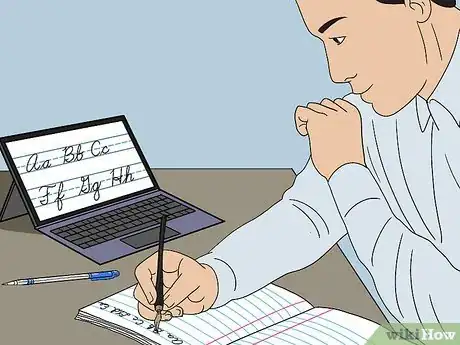
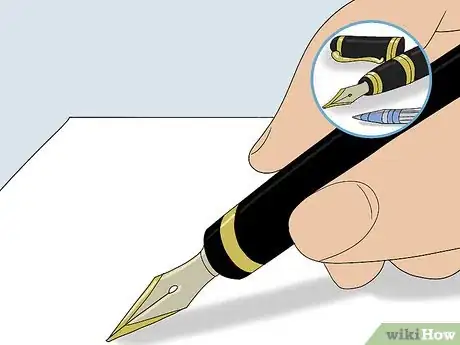
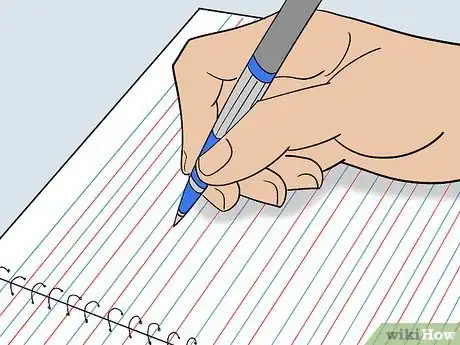
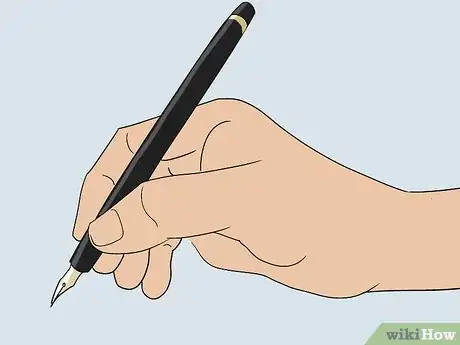
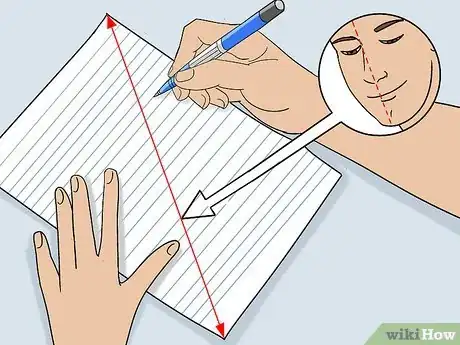
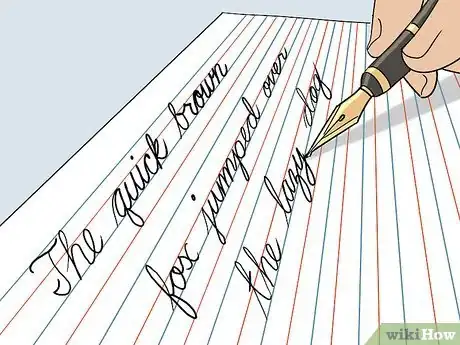
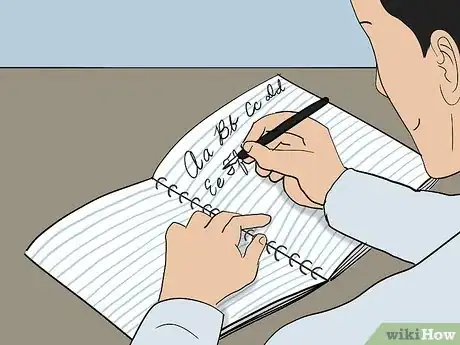
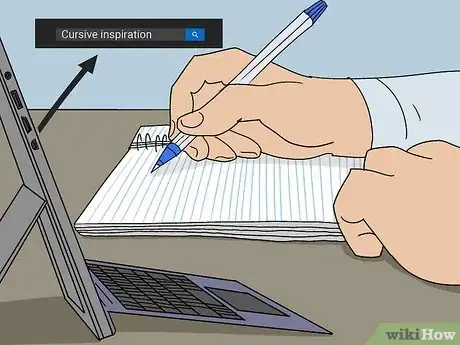
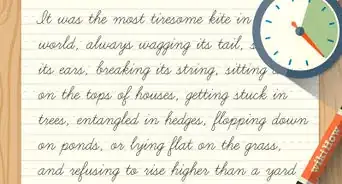

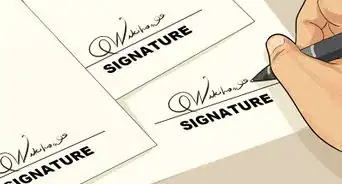
-Step-11-Version-3.webp)




